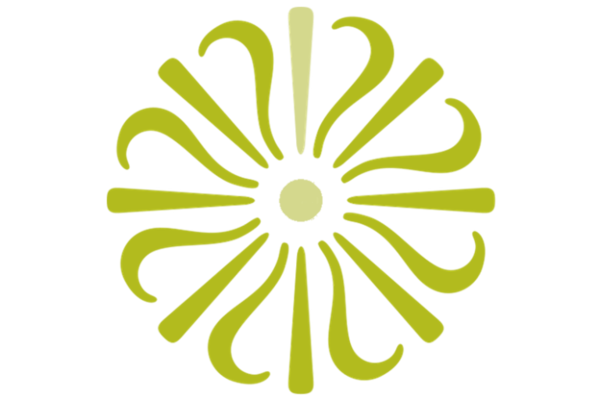S. Deborah Kang is an assistant professor of borderlands and western history at California State University, San Marcos. Since her arrival at CSUSM, she has experimented with various active learning techniques and digital teaching technologies to create a more dynamic, engaging, and inclusive classroom environment at the undergraduate and graduate levels. Dr. Kang also recently completed her book manuscript, The INS on the Line: Making Immigration Law on the US-Mexico Border, 1917-1954, which will be published by Oxford University Press in January 2017.
Title
Digital History in the American Institutions Survey Course
Goal
The goal of this project was to introduce students to the digital humanities through the completion of a primary source exercise on StoryMap JS.
Lesson Plans
During the spring 2016 semester, my History 131 students were required to complete a group assignment using StoryMap JS, a web-based platform that allows users to tell stories through maps as well as other forms of multimedia. Working in teams, students created StoryMaps that described the California perspective on a particular event in US history. In so doing, students combed through historical newspaper databases as well as online collections of historical maps and historical photos. Once groups collected the requisite number of archival or primary sources, they used StoryMap JS to present these archival materials and, more importantly, explain whether and how Californians saw particular events - such as women's suffrage, Japanese internment, and the Vietnam War - in terms that were different from the nation as a whole. (Students used the course textbook to glean the national perspective on their chosen historical event.)
The pedagogical goals of the assignment were ambitious, aiming to introduce students to the digital humanities and a digital history tool, increase student engagement in the study of history, expose students to primary source research, bolster students' speaking, writing, and analytical skills, and foster team-building skills. In order to achieve these disparate pedagogical goals, the assignment was scaffolded. Prior to learning and working with the technology (StoryMap JS), students completed several bread-and- butter research and writing assignments. Thus, for example, as students collected primary sources, each was required to submit written analyses of these materials. In addition, each wrote essays that addressed how the primary source material revealed, if at all, a distinctive California perspective on their chosen historical event. In order gain a facility with StoryMap JS, over the course of the semester my teaching assistant and I held several workshops that gave students hands-on experience with the program in the History Department's Digital History Lab. Through additional computer lab sessions, we also directly supervised the creation of students' projects at the end of the term.
Reflection
Student reactions to the assignment were generally positive but mixed. Most observed that they enjoyed working in teams. They also noted that they enjoyed archival research and learning about the different perspectives one could take on the past. But, many also observed that the technology was too difficult to learn. They specifically had issues with the fact that StoryMap JS does not permit users to simply drag-and- drop maps into the presentation; instead, in order to upload maps, one must undertake multiple technical steps that involve the use of an expensive program -- Adobe Photoshop - to which most CSUSM students do not have access unless they work from a campus computer. I also had a mixed reaction to the assignment. While the final projects were very good, I lost too much content to the teaching of the technical aspects of StoryMap JS.
Based on my experiences with the StoryMap exercise in History 131, I have tentatively decided to scaffold the teaching of digital history, reserving the introduction of more sophisticated digital technologies for my upper division classes (especially my research classes) or for an upper division class focused solely on digital history. In my 100-level classes, I will familiarize students with the digital humanities but not the technology. More specifically, students will read an article or two about the digital humanities that defines the field and outlines its advantages and pitfalls. They will then write a short essay that compares and contrasts a traditional scholarly account of a particular historical moment (such as World War I, the Japanese internment, or the Bracero Program, among others) and a web-based rendering of that same moment. This assignment will provide a much more user-friendly, lower-stakes introduction to the digital humanities, hone students' analytical and writing abilities, and give them an opportunity to think critically about this new yet rapidly growing field. Finally, it will lay a foundation for students who advance in the major, providing them with a basic vocabulary and theoretical backdrop that will make them informed creators of actual digital humanities projects in classes taught by the faculty in my department.
NEH Reflection
This program provided me with the best introduction to the digital humanities that I have received to date. While I still consider myself a novice with respect to the digital humanities, I, thanks to this program, plan to continue educating myself about digital teaching tools and implementing them in my classrooms.
click here for pdf file